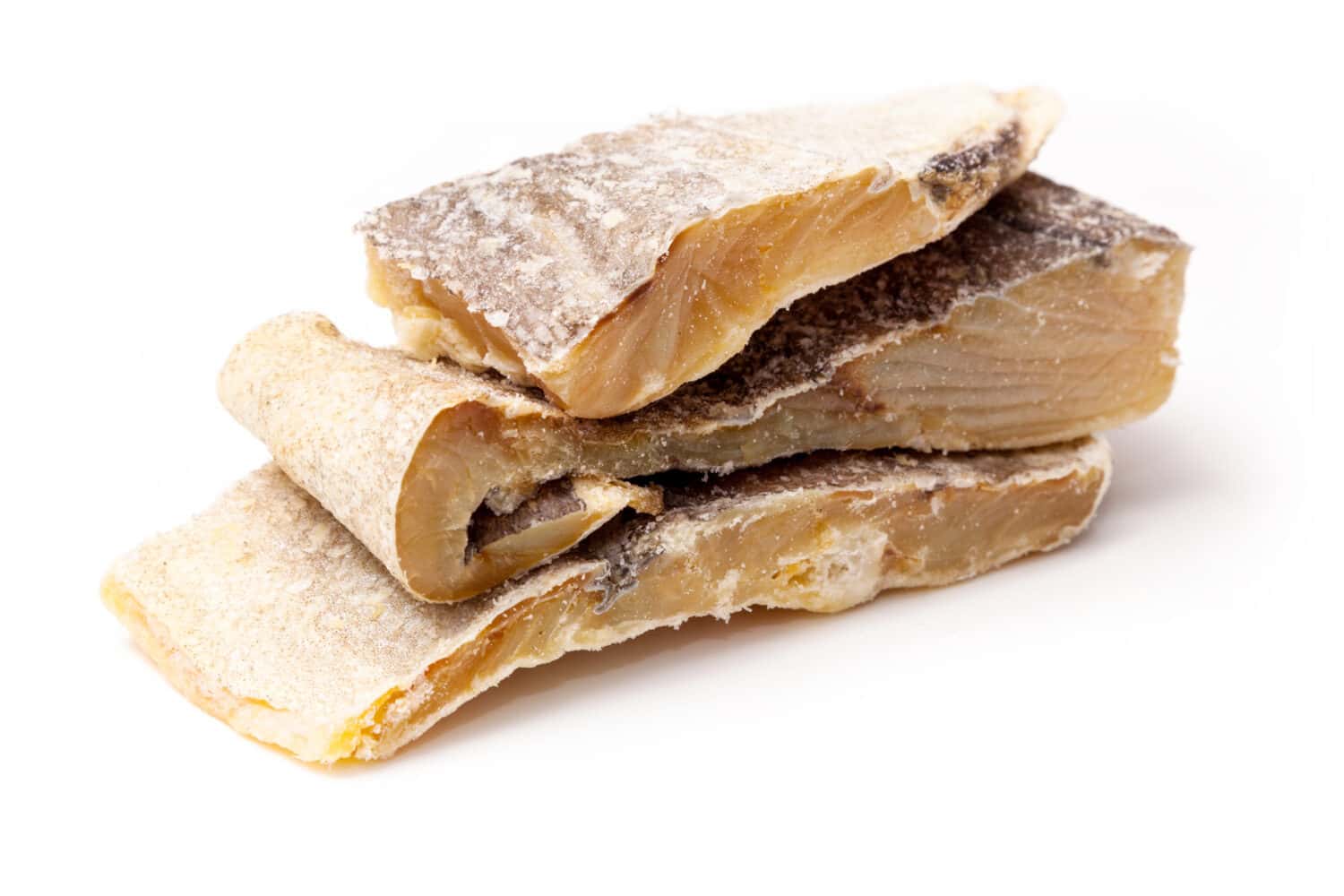Around the World in Two Foods Per Continent (with an Antarctic Bonus)
One thing all humans share is the need for food. And what’s even better than that is sharing our shared need. Eating together is one of the oldest rituals in human history, and every religion on earth incorporates a feast or shared gathering to eat; some of them have multiple feasts. Let’s explore f food.
Food is the first food that starts with “F”! It comes back to a word related to “feed” and “fodder” in Middle English. There are a surprising number of other foods that start with f. Let’s start off near the cradle of civilization with an early crispy-soft hybrid.
Falafel – Northern African Classic F Food

Most, but not all, falafels are made from mealed chickpeas.
©innakreativ/Shutterstock.com
“Falafel” doesn’t have a clear origin for word history. It could be from Levant Arabic for “pepper,” Sanskrit for “long pepper,” or Aramaic for “small round object, peppercorn.” It might even be from “ful” for fava bean. The disagreements don’t stop there, as each region of North Africa and the Middle East strongly claim to be the originator of the falafel. Either way, we can agree it’s a tasty meal.
History Today says it came from Egypt. The article even says there is evidence it might have come from a migrant community in 19th-century India.
It’s not just ground chickpeas, either. Fava beans are also an everyday staple for it.
The fast-casual Mediterranean chain Cava is spreading the falafel across North America, and, according to Investor’s Business Daily, there is a big market for this hot, crunchy, just-the-right-amount-of-spice dish in North America. Just don’t ask who invented it.
Fufu – A Hearty, West African Biscuit-Dumpling Hybrid

Cassava plants with pulled tubers. A popular variety of fufu is made from mealed cassava.
©CHOTE BKK/Shutterstock.com
The meaning of “fufu” is disputed but probably comes from a word in Twi, the language of Ghana and the Ivory Coast.
In Central and Western Africa, a rich, starchy biscuit dumpling is a one-two punch for either eating solo with a dipping sauce or as dumplings for a soup. (If it’s in a soup, do not chew it. Proper etiquette is apparently to swallow them whole if served with soup in Ghana.)
It’s an f food found in Nigeria, Ghana, and countries nearby.
The variety of gourds, starches, beans, tubers, etc, means there are a variety of staple ingredients, depending on where the dish is prepared. These include cassava, yams, and cocoyams.
It’s still boiled and battered into a meal with hand pestles in rural parts of Africa. Still, there actually is an instant fufu mix available online and at some higher-end or international grocery stores.
Flatbread – South Asian F Food Staple
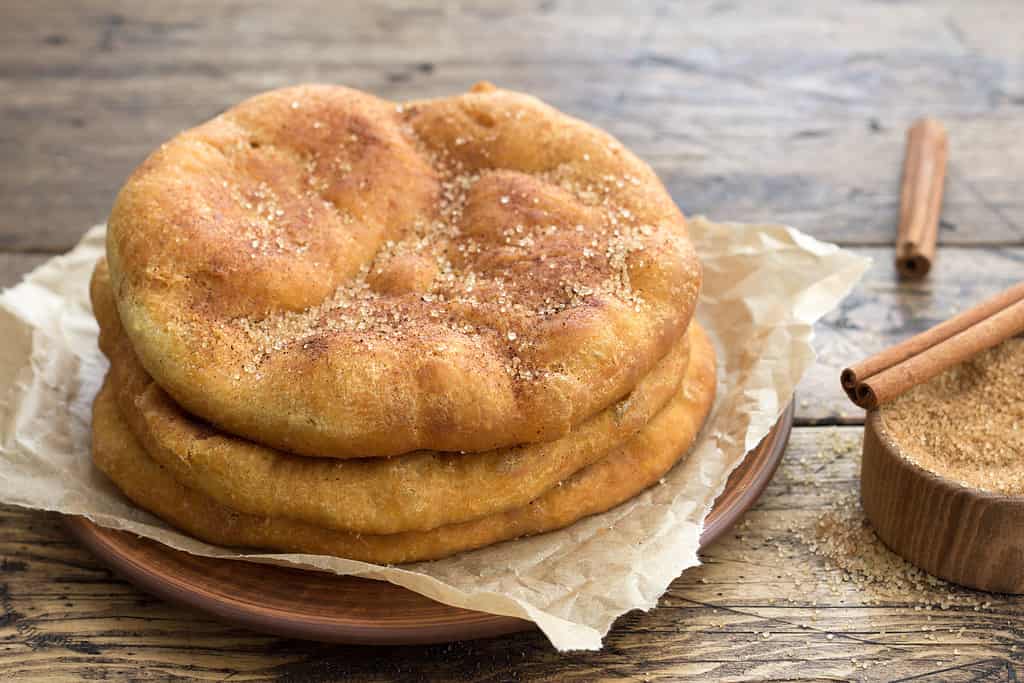
Homemade Navajo fried bread or sweet
Elephant
Ears are one type of flatbread. Flatbread is found worldwide but South Asia’s naan and many other varieties have found an audience worldwide.
©OlgaLepeshkina/iStock via Getty Images
Flatbread is, of course, an English word meaning what it says, but it may actually be from the Norwegian “flatbrod.” Who knew?
Some archaeologists and historians argue over why humans started agriculture. Did we begin farming in order to grow grains for bread or for beer? Why did we settle down and start farming?
Every part of the world has flatbread, but the classic naan of India is a worldwide hit.
Archaeologists actually are now using burnt hunks of dough to sketch out the past of South Asia—culinary and otherwise. And it looks like millet and other “pulses” were being battered into a batter as far back as the Iron Age in India.
Though wheat is the main ingredient for most breads—it’s probably the world’s most cultivated crop—there are geographically-based grains or other starches that can be used. Baking methods and add-ons, such as oil types, can also vary.
In India alone, there are numerous and diverse types of flat bread; here are just a few: chapati, puri, tandoori roti, parantha, parotta, naan, bhatura, kulcha.
Floating Rice or Tapioca Dumplings – East Asian Desserts
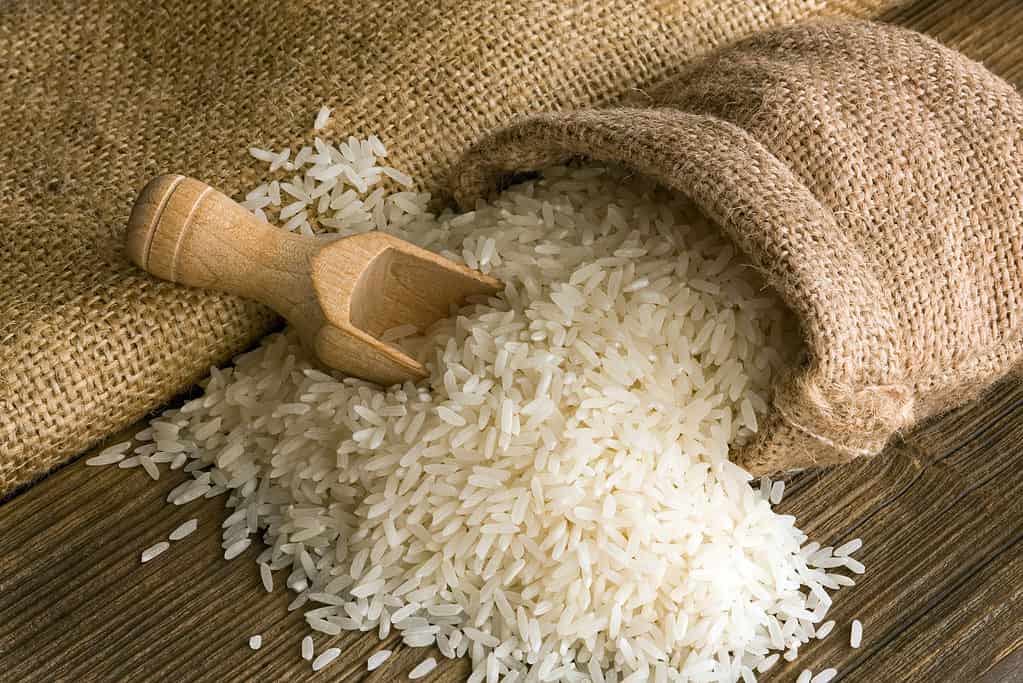
The bahn troi dumpling is usually made with white rice flour.
©iStock.com/piotr_malczyk
Alright, Already We’ll All Float On.
“Bahn troi,” one variety of these delectable personal flotation devices, translates as “ball drift” in Vietnamese.
Aquatic desserts? Yes. In Vietnam, on a celebration known as Cold Food Day. Where palm nut soups are sometimes part of fufu, palm sugar is part of this dish. In southern Vietnam, they add sugar sauce, ginger and coconut. The outside is usually made with white rice. There is a plain rice flour available to make these. There’s also the delicious-sounding “glutinous rice.” Sometimes, they are garnished with coconut and sesame seeds.
At one time, these f foods were a holiday occasion. They are now more of an everyday dessert.
Fish – A North American Standard and Surprise First Thanksgiving Dish

Perch is a popular edible fish crop throughout North America.
©Suriya Desatit/Shutterstock.com
A Different Kettle of Fish
The word “fish” goes back a long way, of course. The earliest iteration was the Latin piscis.
Did you know fish were at the first Thanksgiving? In one of the few good early memories between First Nations peoples and Europeans, the local Wampanoag gave five deer and possibly some fish to contribute to the first Thanksgiving.
The earliest ancient arrivals to the North American continent were harvesting the sea’s bounty with line tackle and the rough-sounding “gorge hook.” At that time, there was little recreation to the fishing endeavor: it was needed for survival.
But Americans of all backgrounds love our seafood. Or lake food for that matter. Walleye is a massive deal in the Great Lakes, for better or worse. The crab festivals of Maryland, the “lobstah” of Maine, some Texas Gulf ceviche or bayou gumbo with Gulf shrimp; North America likes its fish.
There’s also evidence that the First Thanksgiving had at least one item familiar to the modern Northeastern fall tradition of the clambake: boiled mussels.
Figgy Duff – Canada’s Fantastic Figgy Confection
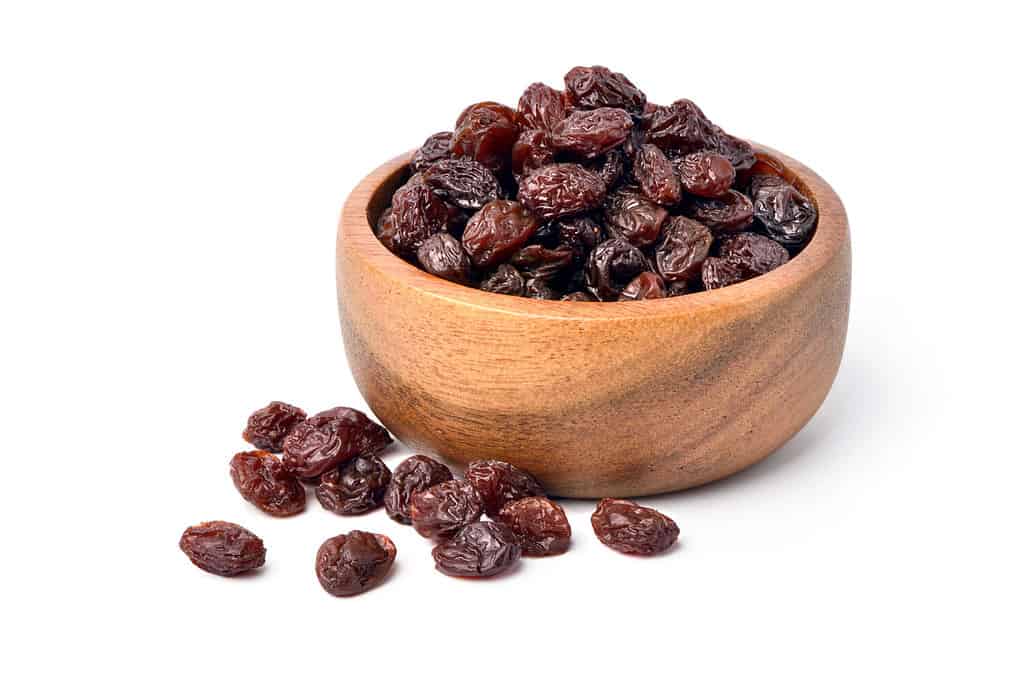
Canada’s Figgy Duff gets part of its name from the “duff” designation. It’s a British catch-all term for dried fruits.
©Photoongraphy/Shutterstock.com
And bring it right here
In the UK, dried plums, raisins, and similar fruits are called “duff,” whereas the “figgy” part appears to also come from the UK as some sort of linguistic accompaniment to pudding.
It’s considered a baked “pudding” but looks like a soft-baked cake. Apparently, there are pudding cloths or tea towels that can be purchased in Newfoundland grocery stores to prepare this dish. The dough is boiled to a soft but formed consistency. Like the UK’s spotted dick (yes, really), it is mottled with raisins or sometimes currents.
Leftovers might wind up in the frying pan as a sort of scrapple. Oddly, the pudding usually doesn’t contain any figs.
There are variations, including Labrador duff that has some added spices. Certain styles of this f food might get a bit of orange zest.
Figgy Duff is also the name of a pop-folk band from Newfoundland.
Feta Cheese – A European, but Also Global, Runaway Best-Seller from Greece

Feta cheese is a popular cheese worldwide.
©Pronina Marina/Shutterstock.com
Let Your Greek Flag Fly
In Greek, “feta” literally translates to “slice,” an odd name for a notoriously crumbly cheese.
This cheese is a big deal in Europe. At the close of the 20th century, in addition to global concerns over Y2K, the young European Union had another growing problem: a “row” over just who gets to label their cheese “feta.”
Purists demanded that it be made with goat’s or sheep’s milk and that cow’s milk feta was a cheap knock-off unworthy of the label. One study in Germany even found traces of cow’s milk in samples labeled as sheep’s milk. In fact, the proper labeling and authenticating of European craft cheeses, such as parmesan, has had its share of controversy.
It’s a sharp, slightly sour but ever-so-creamy cheese that takes six months to three years to cure properly.
Feta cheese has seen booms, not just in Greece, where the average person chows on 50 pounds per year. In France, over five years in the 1990s, consumption shot up 1000%. And in the US, a 30-second online video sent the internet into a feta pasta craze in 2021, with the “fetapasta” hashtag garnering over a half-billion views.
Flaekstag – Europe’s Holiday Pork Sandwich from Denmark

Denmark’s signature pork dish has been called “heavenly” and they are certainly well known for their nation’s pig farming.
©Lorry T/Shutterstock.com
Going Whole Hog
Flæskesteg comes up as “roast pork”; pretty straightforward. But that’s no surprise since Denmark is Europe’s hog powerhouse.
Denmark’s one-time Christmas meal is now a delicious option for other special occasions. The curing and marbling of the skin into a fine crackling is key. It provides the perfect paradox to the soft pork inside. This marvel is served on a soft white bun with braised red cabbage, some sources say red-cabbage coleslaw, mayo, and pickled cucumbers.
It’s considered a brilliant solution for a social-heavy dining occasion: simple enough to prepare.
A common Christmas Eve dish, it usually goes with paprika, garlic, and other herbs.
Feijoada – South American Stew from Brazil
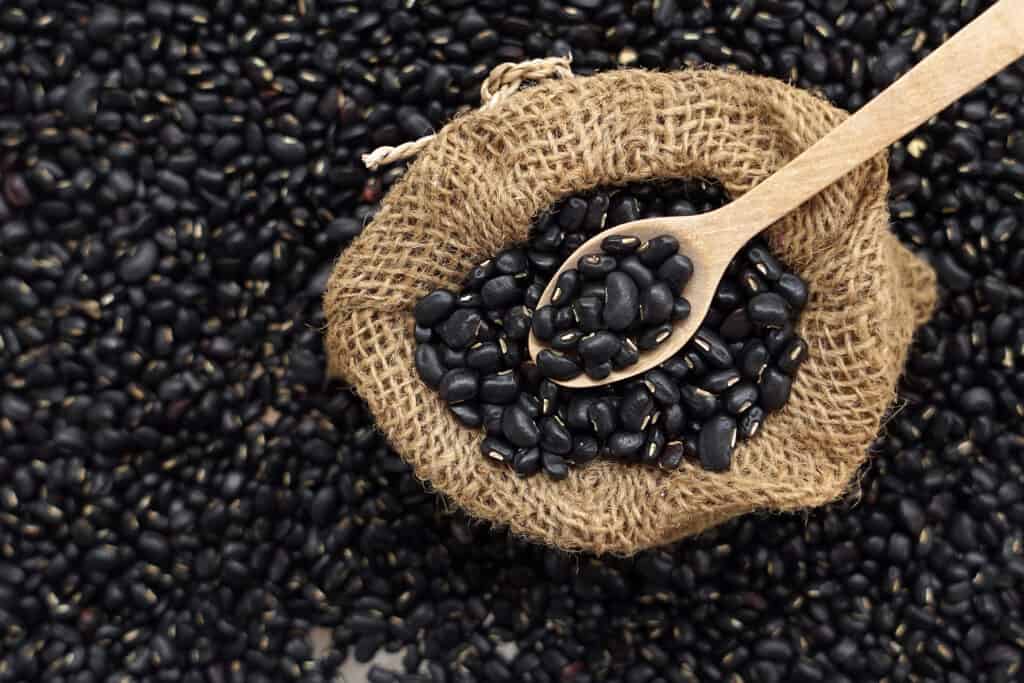
Feijoada’s main ingredient is black beans.
©POO-SUKANYA/Shutterstock.com
Feijoada is a cognate for the Portuguese word “beans,” and the key ingredient is black beans. Like falafel, there is a serious debate about the origins of the food, such that even the Smithsonian has covered the issue.
First off, as the name suggests, it needs beans. Where to go from there is up to the chef—smoked pork, smoked pork spareribs, Carne Asada, the Brazilian chorizo sausage, and on. The usual add-ons are white rice and some sort of greens. One variation is to mash up a portion of the beans partway through cooking to put some bulk into the stew.
Orange slices and fried cassava flour (farofa) are standard sides. This dish has a cultural element: it’s a staple for Wednesdays and Saturdays.
The Brazilian rum and molasses lemonade, “batida,” is another good friend of the dish.
Fry Jack – Belizes Geometric Churros/Sopapillas

Belize’s fry jack is a versatile pastry similar to an unadorned fried donut.
©VB production/Shutterstock.com
Fry jack is an English word for a Belizean delight. Belize, the tiny nation between Mexico and Guatemala, doesn’t appear to get much attention. So, in this flyover of foods in South America, this is one of their home dishes.
It’s a straightforward four-ingredient fried pastry. Simple flour and the usuals. But its genius is in its simplicity. It can be paired with powdered sugar as an indulgent long-weekend breakfast or as a lunch item with refried beans.
People also get creative with the shape: ancient Meso-American pyramids, a simple sphere, or a diamond, maybe for a creative proposal!
Fritz – the Australian Sausage Sandwich Classic

The Fritz sausage and dish in Australia are believed to have originated from German migrants in the southern part of the continent.
©Master1305/Shutterstock.com
On the Fritz
It’s an Australian dish that may have originated with the German migrants in Southern Australia, “Fritz” being a common German name. Some apocryphal sources say there was a German butcher in Australia, Fritz Eisenberg, for whom the dish is named.
It’s commonly served in a sandwich with tomato sauce and is a popular kids’ brown-bag school lunch option.
But it goes further.
There is a way of marbling or curing the meat such that the deli-sliceable tubes have an odd smiley face; it’s not unlike the American Christmas tree design in a tube of cookie dough. It’s a bit odd of a tradition—on its face—but it’s quite popular.
Fior di Latte – Australia’s Own Stretchy Cheese
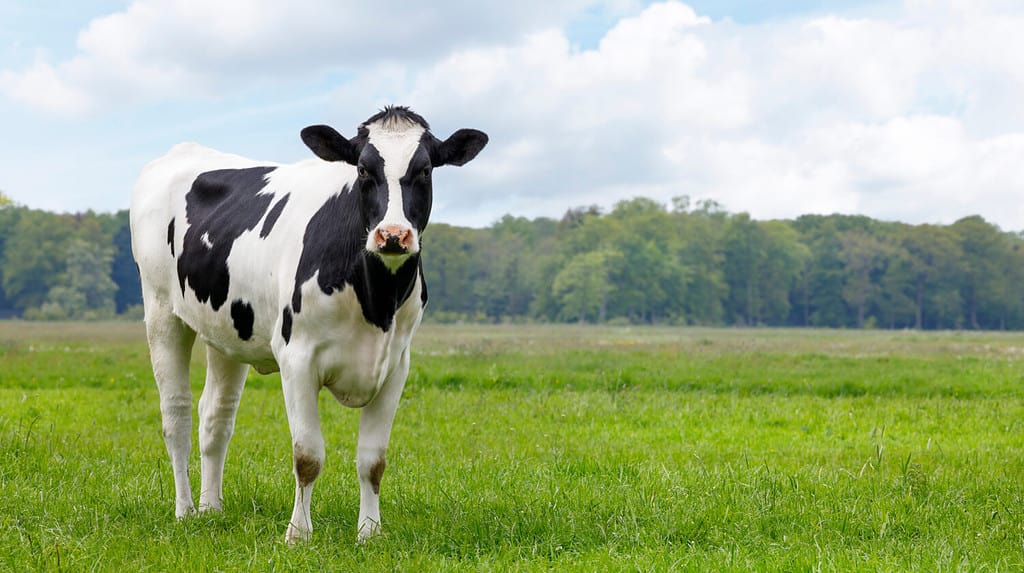
Fior di latte cheese, according to one expert cheesemaker in Australia, requires a cow that is not stressed.
©dropStock/Shutterstock.com
Watch Out for Stressed Cows
Fior di latte naturally sounds Italian, but it’s apparently an Australian-original cheese. The name translates to “flower of milk” and likely comes from the ornamental, sometimes braided designs that artisans create with this stretchy, semi-soft cheese.
Australian-Italian cheesemaker Giorgio Linguanti told Gourmet Traveler “If the cow is stressed, the milk is stressed, therefore your fior di latte is stressed.”
For the adventurous epicurean, it can be made at home—but the milk is key. Also needed are a quality rennet, digital scales and thermometers, and pipettes. Yes, pipettes.
It’s noted that getting it just right might take a few tries. The mozzarella-like cheese is a hit on pizzas.
“Freshies” – Bonus for List Readers but Also a Bonus for Researchers in Antarctica

Mcmurdo Station, Antarctica according to one chef who worked there, got one delivery per year of almost 1 million pounds of food. There, however, sometimes fresh dairy, eggs, fruit, vegetables flown in during the warmer months from New Zealand. They call these luxuries “freshies.”
©Colin Harnish/Shutterstock.com
“Freshies” are the rare fresh food items delivered to Antarctic researchers.
In the frozen and final continent, no harvesting of foodstuffs is allowed. The few animals that survive can not be eaten, and even gathering plants—if any happened to be found—are against the 1959 international treaty on Antarctica.
One very brave newly-graduated student took the role of chef at McMurdo Station, a last-stop basecamp of sorts for researchers. There was one annual delivery during the Southern Hemisphere’s summer for her time. A cargo ship arrived with 800 food crates, each weighing 800 pounds. About two-thirds of it was frozen.
She did mention that, in the warmest part of the year, there were occasional deliveries of fresh dairy, fruit, vegetables, and/or eggs. And such “freshies” are considered an absolute luxury when flown in from Christchurch, New Zealand.
Ending Foods that Start with an F
Twenty-six letters but so many places and so many foods. What an adventure indeed, and how many foods that start with f can you think of?
Thank you for reading! Have some feedback for us? Contact the AZ Animals editorial team.

